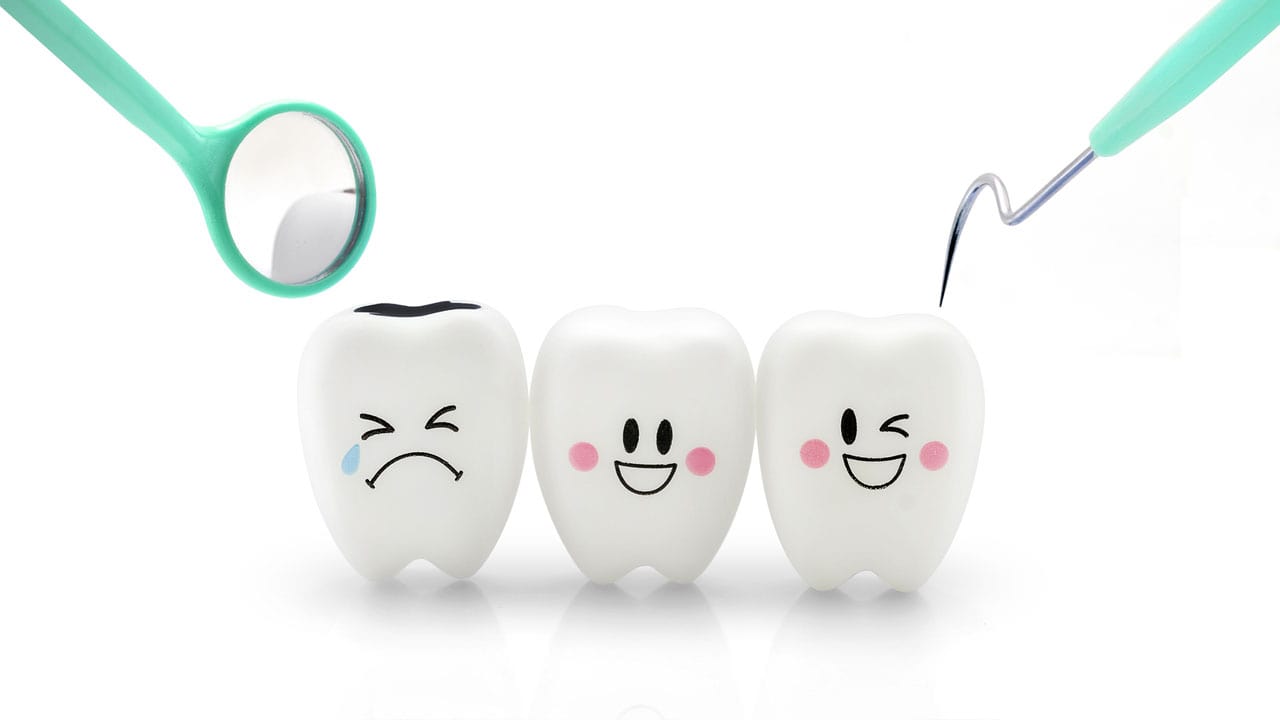
You brush them twice a day, every day. They’re there for you at mealtimes and whenever you want to make a good impression with a smile. But have you ever stopped to consider what your different teeth are used for or what they’re even made of? Read on to find out!
The Main Act: Your Teeth
Your teeth are probably what first comes to mind when you think of the things hanging out in your mouth, and for good reason! Teeth are what we see when we speak or smile, and we all know that, without them, we’d be at a loss to chew or even speak! But did you know that there are a variety of types of teeth, each serving their own unique function?
- Incisors are the teeth at the very front of your mouth, and the ones we probably see the most on a day-to-day basis. There are eight of them in your mouth all together (four on top and four on bottom), and their sharp, chisel shape helps you to cut through food before you chew it.
- Canines (or cuspis) are the Dracula-esque teeth to the sides of our incisors. These pointed teeth help us tear our food as well as latch onto it.
- Premolars follow your canines and are used for crushing and tearing food as it goes further into your mouth. These teeth, sometimes known as bicuspids, have two pointed cusps on the biting surface and are a bit of a fusion of the teeth before and after them.
- Molars are the last teeth in your mouth, found at the back of both your upper and lower jaw. These teeth are the grinders and chewers of the mouth, doing the brunt work of breaking food up before it’s swallowed. To aid the process of chewing and grinding, these teeth have several cusps on their biting surface that tear apart food before it enters the throat.
Supporting Actors
Your teeth are comprised of many different elements that all work together to keep them strong and able to do their jobs.
- Enamel is the outermost layer of your teeth and also the hardest substance in the body. Comprised of mineralized tissues, this layer can be permanently damaged due to decay if we aren’t careful.
- Dentin is the layer beneath the enamel that has a yellowish hue to it. When decay breaks through the protective enamel, it can damage the more porous dentin and eventually impact the underlying pulp.
- Pulp is the soft, innermost layer of your tooth where the nerve endings and blood vessels can be found. If decay has penetrated both the enamel and dentin, most people will feel severe pain in their teeth. Often, decay in the pulp is only treatable with a root canal.
Your teeth are incredibly strong, but they need proper care to remain that way! A vital part of that care is routine visits to the dentist, so don’t wait to schedule your next annual appointment. Call our dentist in Hyde Park, Yorkville, or Lake Zurich today!